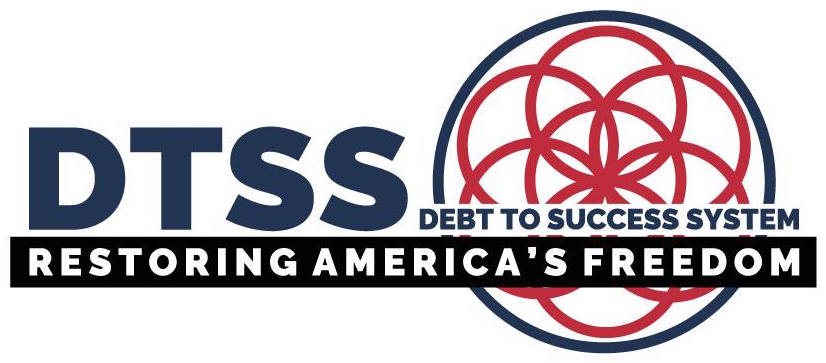
Criminal Interest Charged by the U.S. Central Bank
Interest Charged by the U.S. Central Bank Fills the Coffers of the Global Elite Banking Cabal and They Have Taken Control of the U.S. Financial System.
Asking where the interest charged by the U.S. Central Bank comes from usually gets a standard response from most people.
The twelve regional banks of the U.S. Federal Reserve System generate their income in two basic ways.
The first method used is to create money as allowed under the Federal Reserve Act and put it into the money supply by lending it to the U.S. government.
This lending process comes with an attached interest rate which is the source of much of the banks’ revenue.
The banks profit from receiving both the principal and the interest back, neither of which existed to begin with.
The bank can, according to most narratives, also take on the debts of other nations, and reap the benefits of payments from those transactions.
In addition to the interest charged by the U.S. central bank on created money, the banks get revenue from transactions with financial institutions that buy and sell government-backed securities.
But there is another twist to the revenue-generating process in the Federal Reserve Banks.
These banks, which are essentially owned by wealthy investors, loan money to the central banks in other nations.
Some argue that this means the central banks in these foreign countries make money on their interest rates, and the source is ultimately the working taxpayer.
Who’s Got the Interest
The economy is kept in motion by low interest rates, one of the key tasks of the Federal Reserve System.
This may seem simple enough, but actually, the Federal Reserve rate is tied to the central bank’s ability to create money.
The creation of money, literally with no solid assets supporting that money, is a key element in the controversy over the interest charged by the US central bank.
The taxpayer is the ultimate victim, as well as the source of the money paid back.
The created money is loaned in large amounts to other countries, the Federal Reserve banks make their money off the interest, and the countries use that loaned money to build businesses that ultimately take jobs from U.S. workers.
Money as a Product
In the past few decades a whole new global enterprise has grown up around the U.S. dollar, since the currency has become a commodity itself.
The investors in each of the Federal Reserve Banks can profit when the system creates money simply by printing it, then loaning it out.
This massive dealing in money is quite healthy for the banks of the Federal Reserve System because of the interest charged by the U.S. central bank.
But one of the major criticisms of the system is the ability to create money (fiat currency) with the purpose of making money from the interest.
For some, this is the sole cause for boom or bust cycles in any national economy, with the U.S. worker being pushed and pulled in the process.
Where Do the Profits Go?
While the national system is under the supervision of a Board of Governors and each of the twelve regional banks has its own board, it is the investors behind the scenes who profit.
The regional banks generate income from interest and from providing services to other banks, most of whom have deposits with the Federal Reserve.
A 1980 law states that these banks do not operate with profit in mind and return funds above costs and expenses to the U.S. Treasury.
But the Federal Reserve System began with a few individuals or banks purchasing shares and profits flowed to these shareholders.
If, within the system, the directors and board of governors can create money at will and then pump it into the money supply, the resulting borrowing will bring interest to the banks from the pockets of the taxpayer.
The U.S. central bank, in the end, is nothing but a way for the banking elite to profit without end. They profit at the expense of the working taxpayer, i.e., you.

 My First Amazing Ayahuasca Experience
My First Amazing Ayahuasca Experience  Pine Needle Tea
Pine Needle Tea  The REAL Controllers of Humanity: The Papal Bloodlines
The REAL Controllers of Humanity: The Papal Bloodlines  Is it Global Warming or Cooling?
Is it Global Warming or Cooling?  Gun Rights and Obama Examined
Gun Rights and Obama Examined